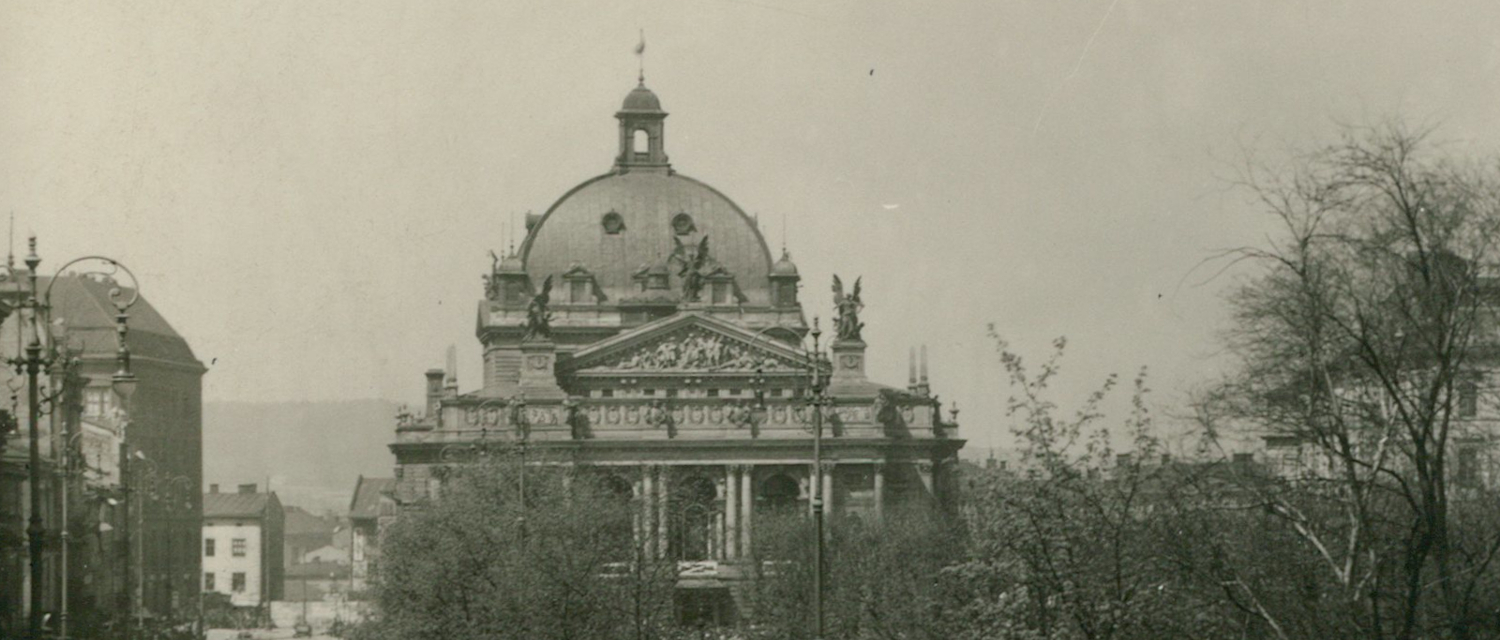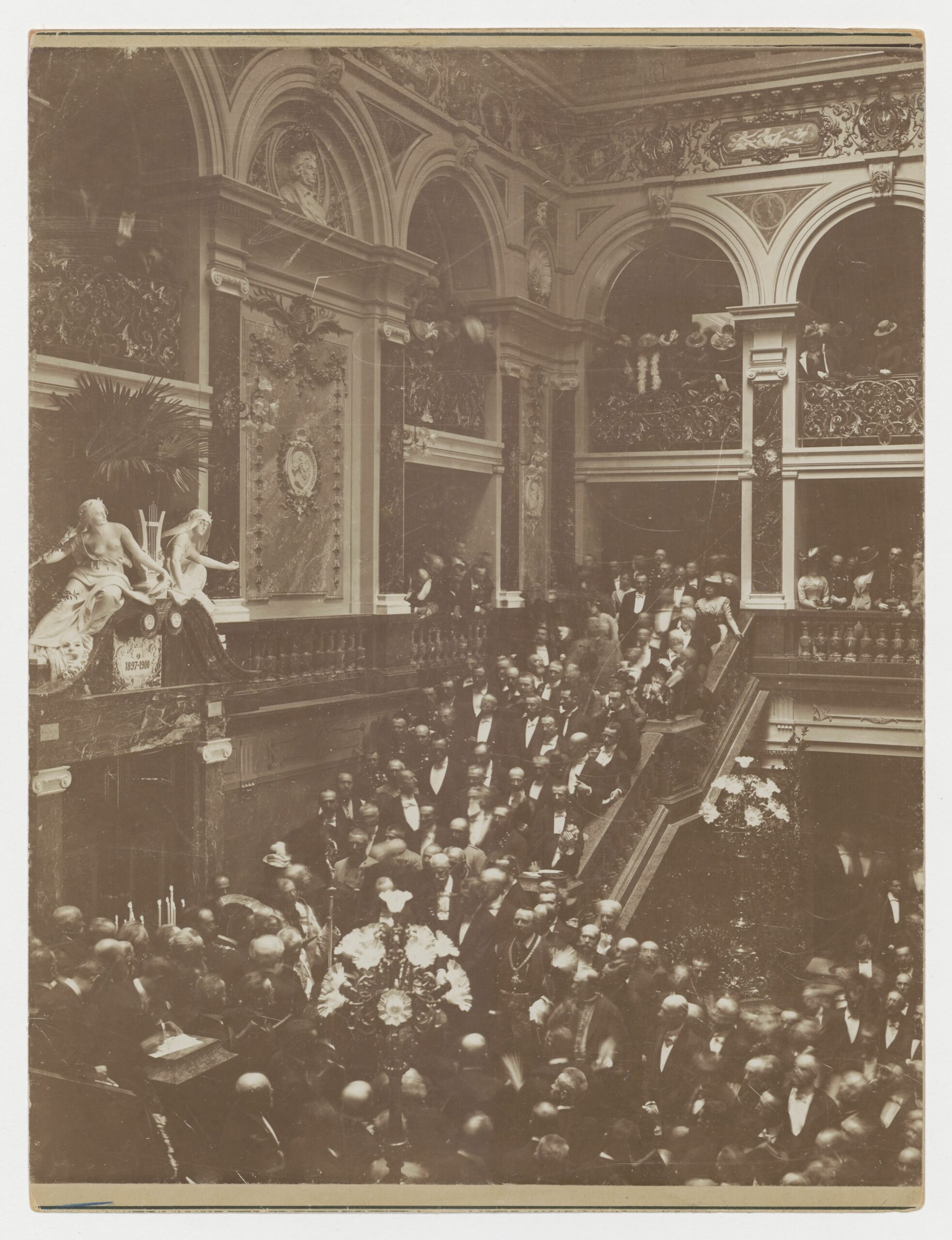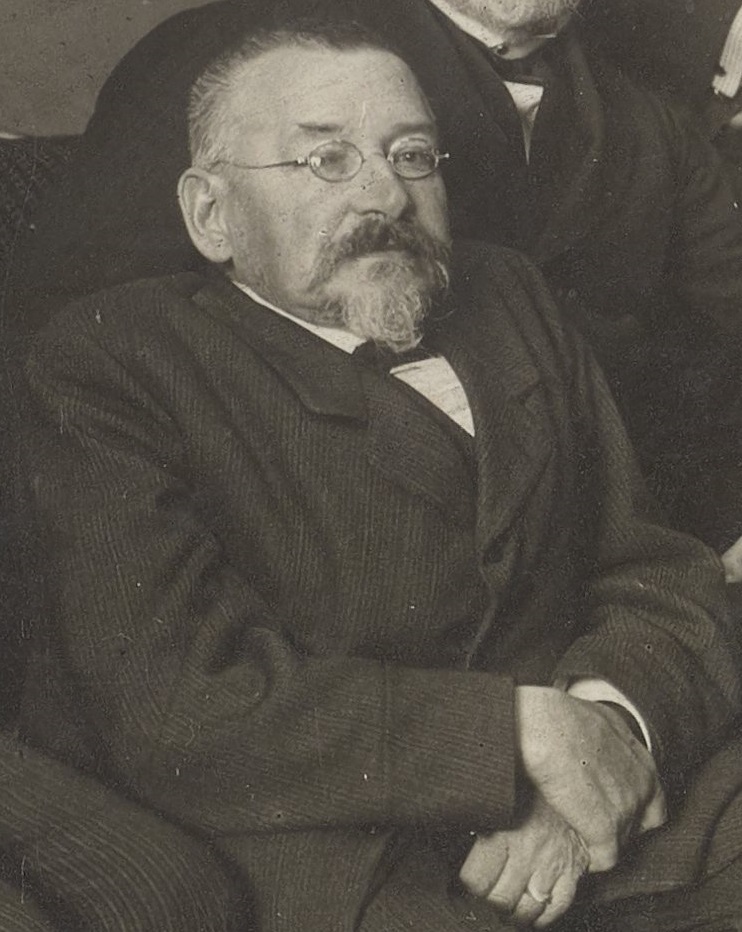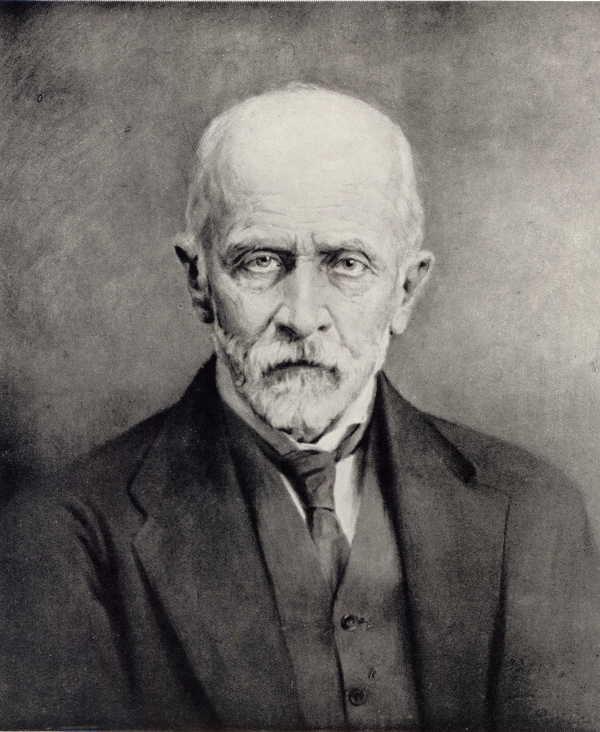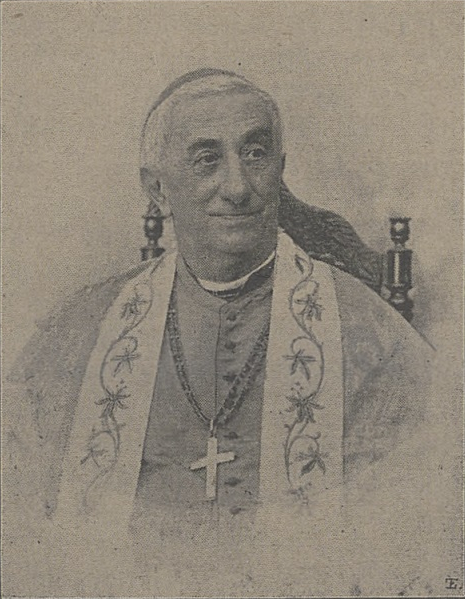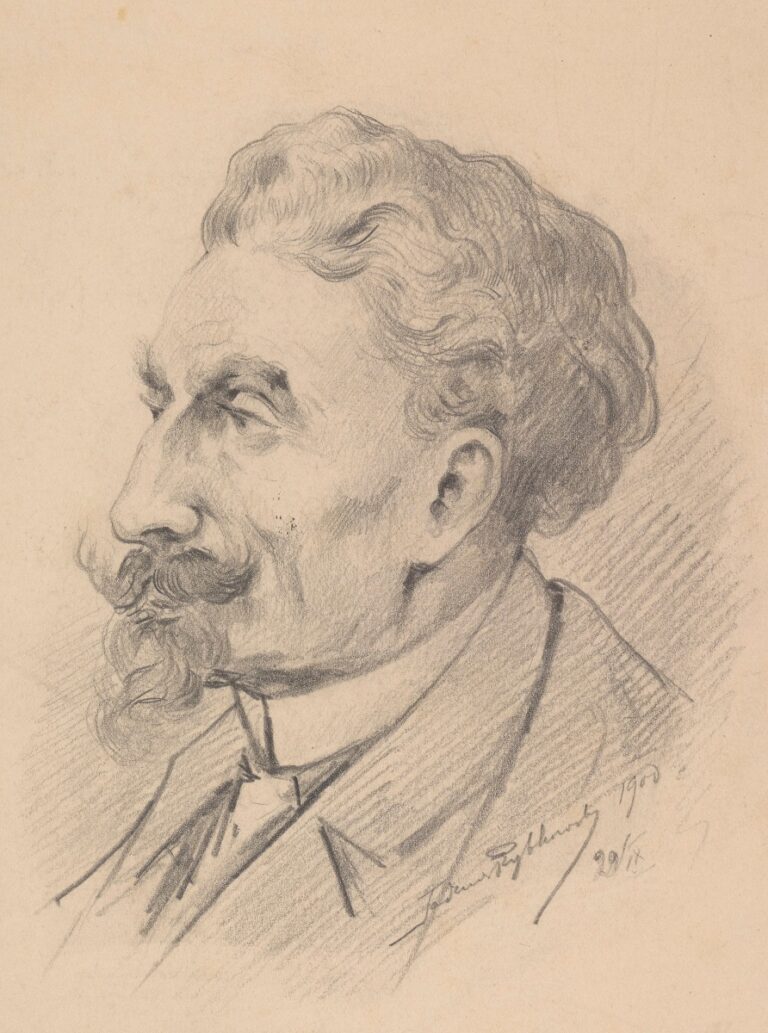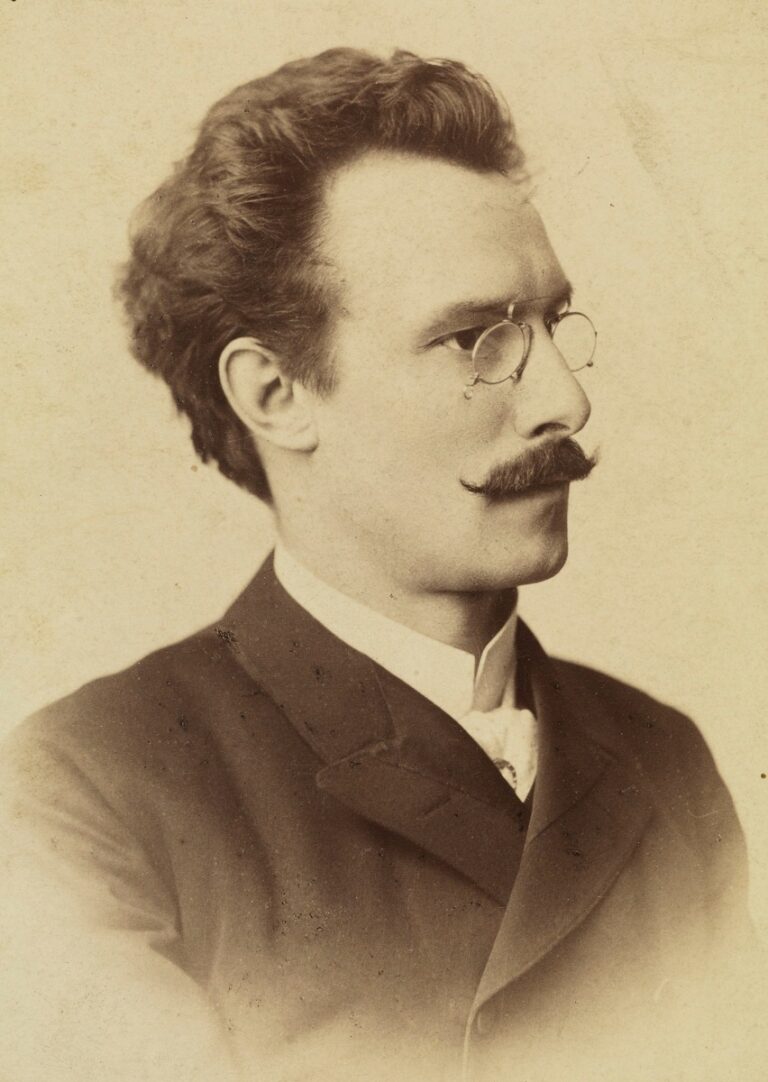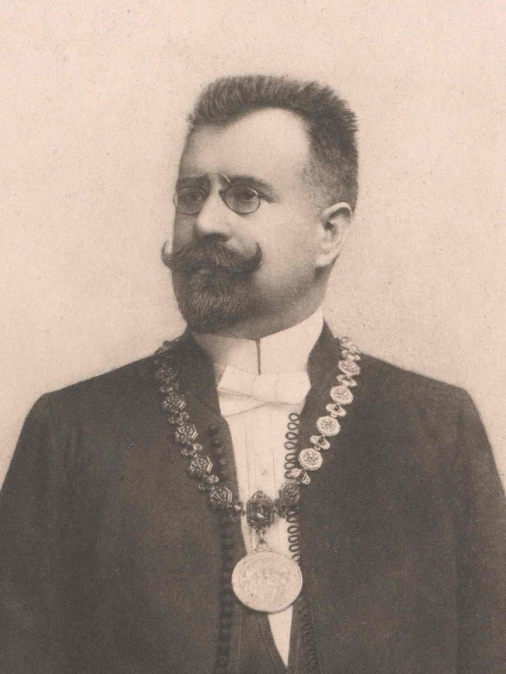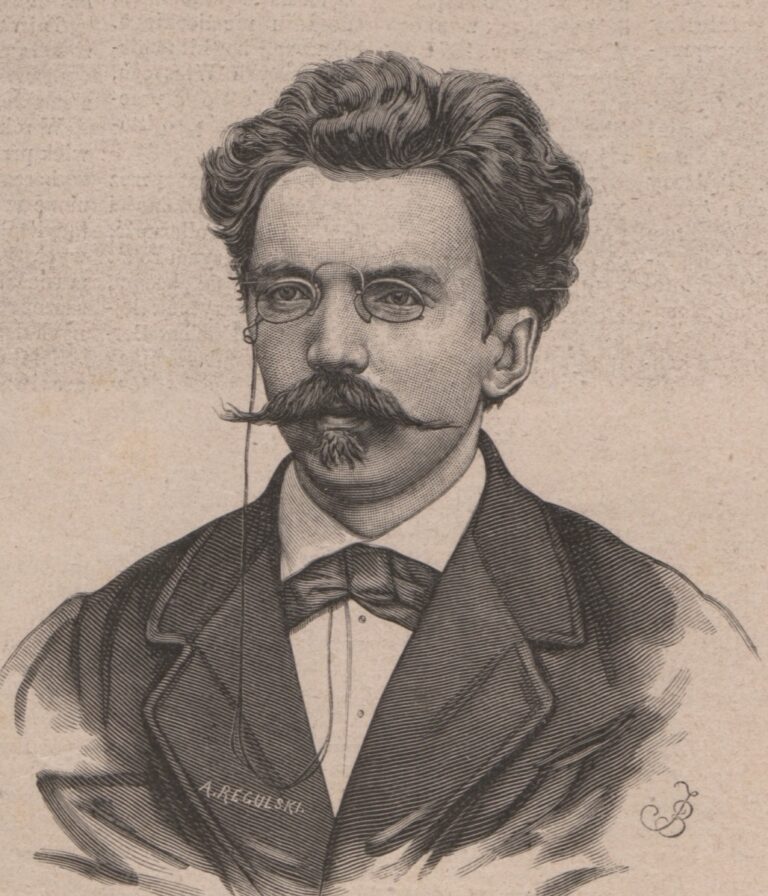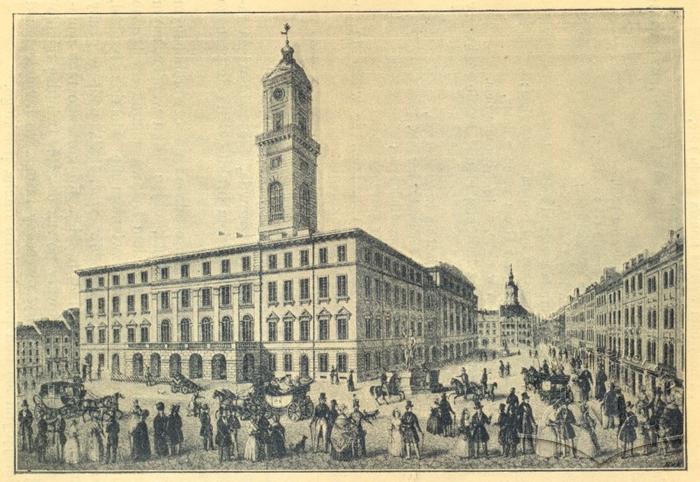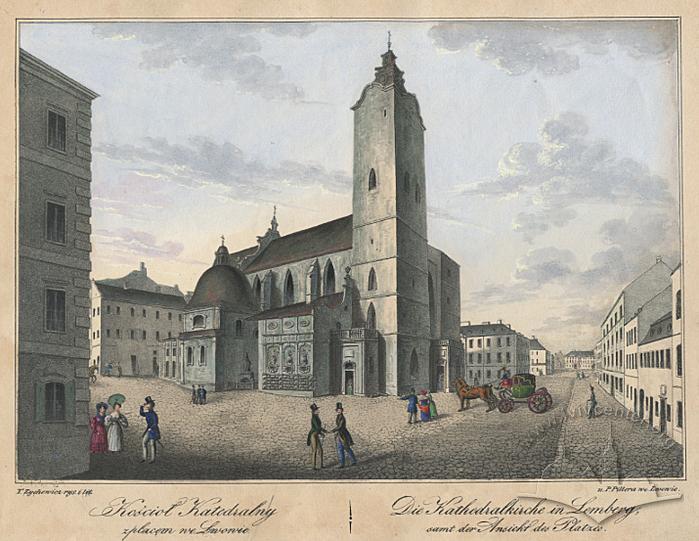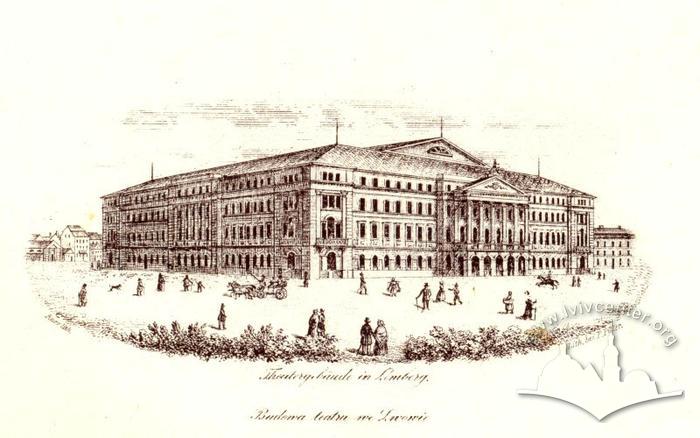The new city theater (today, the Solomiya Krushelnytska Opera and Ballet Theater) was ceremonially opened on October 4, 1900. This opening became one of the major events in the city, a testimony to the maturity of the city community that managed to fund and hold such a construction.
Historical context
At the end of the 19th – early 20th century, Lviv was an example of a successful development as an administrative and trade center. As it actually had no industry, starting with the 1870s' the city was developing due to its capital status and the granted autonomy. The General Regional Exhibition of 1894 was one of the bright examples of the growing opportunities. The new status of Lviv as well as the increase in the number of its residents called for the change of the city image, and an expansion of its public space. It was at that time that the buildings of the Galician Sejm, the Galician Savings Bank, hotel "George", "Grand-hotel", buildings of the Railway Administration (Lystopadovoho Chynu str.) and others were built.
The history of professional theater in Lviv began in the late 18th century. At that time there was a German theater troupe under the management of Heinrich Bulla, and a Polish one under Wojciech Bogusławski, who is recognized as the "father of the Polish theater". The first stationary built city theater in Lviv was the so-called Winter Theater, arranged in the adapted premises of the old Franciscan order Holy Cross church in 1796. The building has not survived till today.
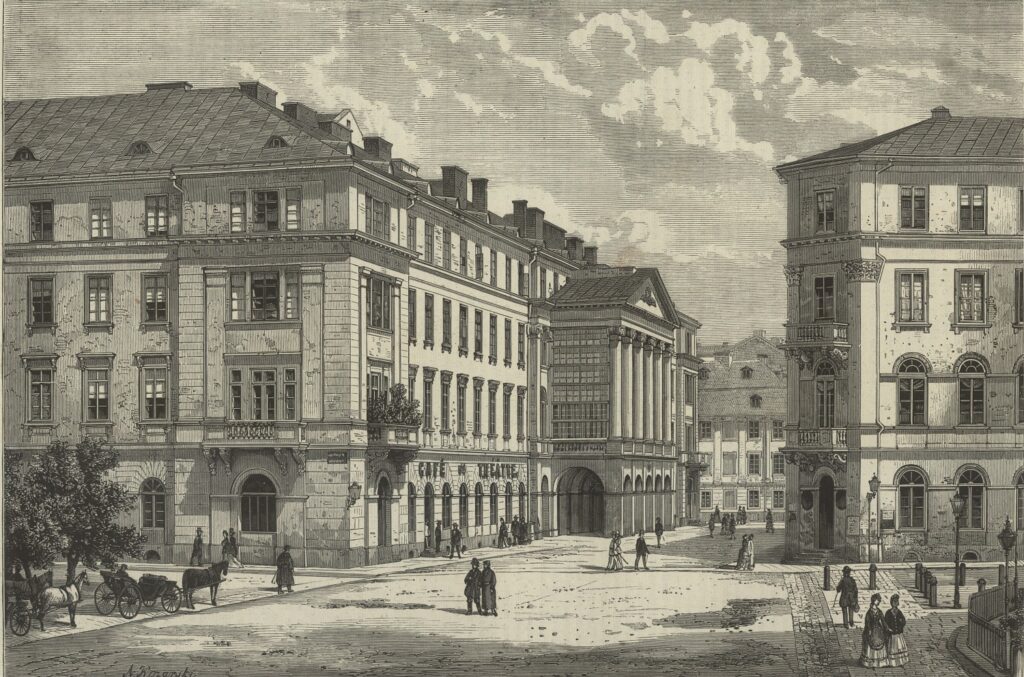
Skarbek Theater
In 1842 the so-called Skarbek Theater was opened (contemporary name – M. Zankovetska National Academic Drama Theatre). Its construction started in 1833 at the expense of the patron, count Stanisław Skarbek. At the same time a hotel, a café, a confectionery, a restaurant, shops, etc. were located in the premises of the building. Starting from 1900, the building became the Philharmonic hall.
Besides that, starting in 1891 a Summer Theater held performances in a wooden pavilion located on the so-called Governor's Ramparts (place where the old city fortifications were located – between the today Vynnychenka and Pidvalna streets).
Construction of the new theater building gave a solution to several problems at the same time. First, in 1892 the 50-year privilege which exempted the theater administration from paying taxes, expired. This meant that the city government was to undertake the duty of maintaining the building. Second, the building of the Skarbek Theatre and its technical condition did not meet the contemporary requirements. There was no proper ventilation, heating, technical stage devices, also the present lighting system was unsatisfactory. Third, the Skarbek Theater was not Polish, as over a considerable period of time German repertoire prevailed here. In particular, that became an issue in the "Polish Lviv" with the emergence of the "Ukrainian question". As a result, a decision has been made to construct a new building for the city theater. It was to be owned by the city community and reflect the growing status and financial abilities of the city. The fact that almost all the design and construction works were done using only local resources, had to confirm Lviv as a cultural, artistic and scientific center, capable of accomplishing a project of such a great complexity.
The committee in charge of the construction considered different locations for the new theater. In particular, the Gołuchowski Square (today the Torhova Str.), the Jesuit Garden (today the Ivan Franko Park), Halicka Square, St. Spirit Square (today Ivan Pidkova Square), and Castrum Square (the so-called "Vernisazh" flea market) were considered.
Event description
During several months before the opening of the new theater, the special city committee inspected the premises; the latest preparations for the opening were featured in the newspapers. The program of the ceremonial opening was prepared by the committee and approved by a general session of the city council.
The ceremony started with a liturgy in the Roman Catholic Cathedral. After that, at about 11 a.m., the newly built theater sanctification started. It was conducted by the Armenian-Catholic archbishop Isaak Isakowicz in the presence of the representatives of the regional and city authorities, intelligentsia, artists, guests from Prague, Warsaw, Krakow, Poznan.

The lobby of the theater on the opening day on the page of the Warsaw newspaper Biesiada literacka
Archibishop Isakowicz was the first to deliver a welcoming speech. The next was the architect of the theater, Zygmunt Gorgolewski. He thanked the city and the region for enabling him to work "for friends and among friends".
The third was the President of the City Godzimir Małachowski. He reminded the audience of the complicated period for the Polish culture in Lviv when the city did not have any theater premises, as well as of the present given to the city by Stanisław Skarbek. The President expressed his gratitude to the Galician Sejm and to its Marshal, as well as to the Galician Governor for the facilitation of the construction; to the Habsburg dynasty for "freedom in this part of Poland". After that the present audience shouted "Niech żyje!" (meaning Let live!) three times.
The Governor Leon Piniński was the next speaker. He expressed his opinion, that the theater should raise the level of morale and culture among the residents of the region, and stressed the importance of the theater from the point of view of the development of the people's self-conscience. Stanisław Badeni, the Marshal of the Galician Sejm delievered a speech of a very similar content.
After that the orchestra played a couple of Polish folk songs, speeches were delivered by the Prague mayor Vladimír Srb, the theater's director Tadeusz Pawlikowski, poet Aureli Urbański, actor Władysław Woleński, construction manager Ivan Levynskyi.
The ceremonial part was completed with the performances of the Music Society choir (Towarzystwa muzycznego), choirs "Echo" and "Lutnia" (Lute).
The first productions of the new theater were based on the compositions of Polish playwrights Aleksander Fredro, Jan Kasprowicz, Władysław Żelenski.
On the same day there was a solemn reception in the City Hall and in the Galician Sejm building (today – the main building of Lviv Ivan Franko National University). Since the Marshal Stanisław Badeni was in mourning over his deceased mother, the banquet in the Sejm building was for men only, and included some 200 guests.
Interpretation
In the interpretation of the Polish-language press, the theater became a distinguished monument of the Polish people's culture, very important for the Polish language and spirit. Speeches during the opening ceremony of the institution reflected the main idea that the theater was to become a place for the development of the Polish language, culture and art, a people's institution. The fact that the city theater in Lviv was Polish had to testify to the Polish nature of the whole city. In the construction funding a lot of money was collected from private individuals and different institutions. Thus, the very process of the theater construction constituted a strong mobilization factor for the Polish community of not only the city, but the province as well (and even for Poles from outside of Austria-Hungary).
The fact that the theater was indeed a very important institution is confirmed by further discussion of the theater life in press, and the published analyses of the stage productions.
In Ukrainian publications, the coverage of the event was quite brief, stating only that a Polish theater was opened. As from the very beginning, the theater was considered Polish, its opening was a celebration only for the Polish community of the city.
